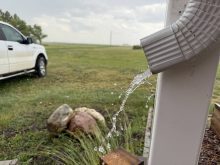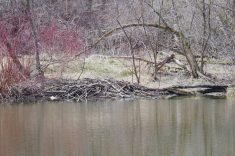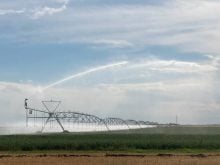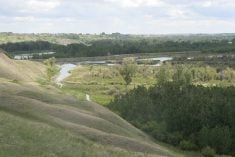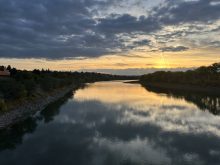Canada Research Chair in Water Resources says mountain runoff in the future may come too soon for adequate capture
MEDICINE HAT — It will be increasingly difficult to predict conditions on southern Alberta rivers, according to John Pomeroy, and the University of Saskatchewan professor is confident that there will be changes to mountain runoff in coming years.
Pomeroy, who also holds the title of Canada Research Chair in Water Resources and Climate Change, said 2023 took its toll on agriculture.
“We probably had the most severe hydrological drought in our history in 2023 if you look at the effects on river flows, ground water, snowpacks and agricultural soil moisture,” he said. “Putting it all together, I would say it’s more extensive and worse than even 2001.”
Read Also
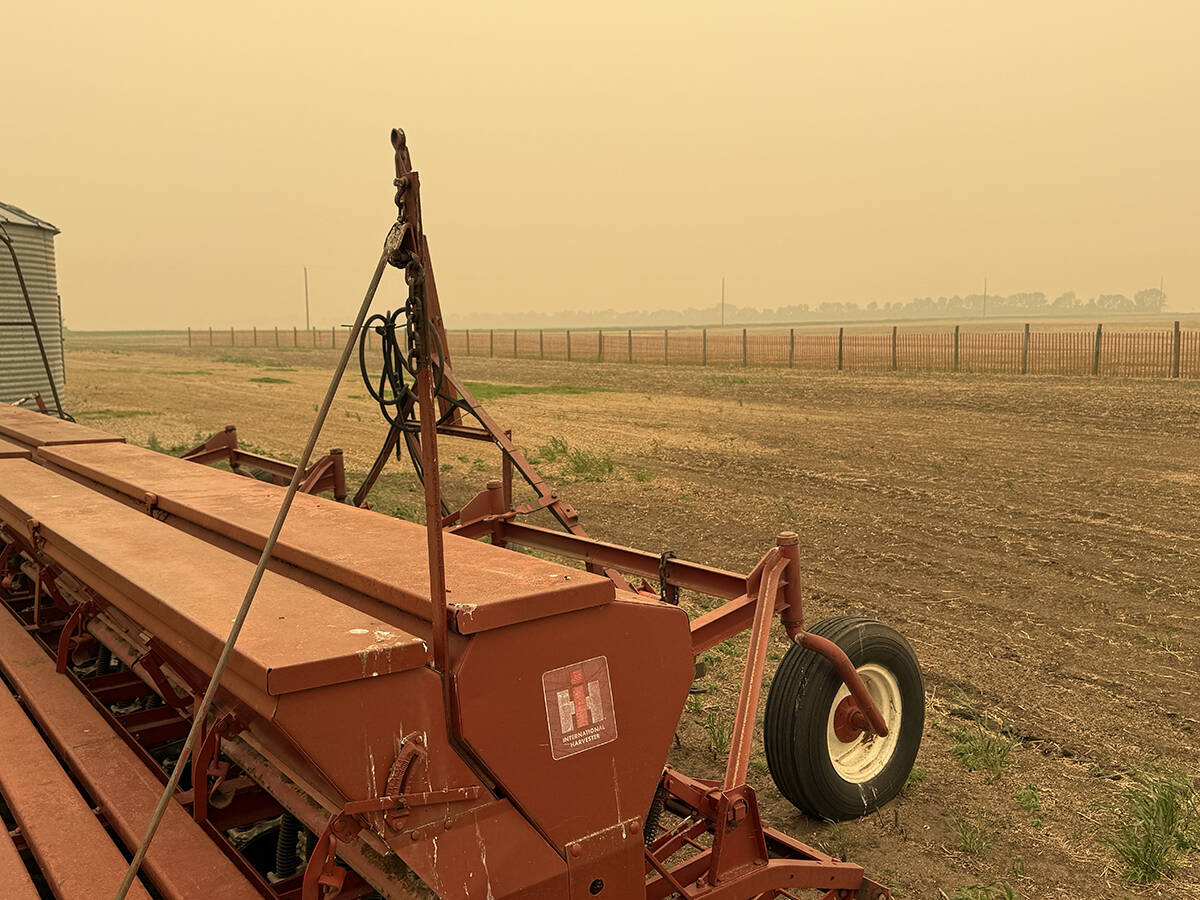
Wildfires have unexpected upside this year
One farmer feels smoke from nearby wildfires shrouded the July skies and protected his crop from the sun’s burning rays, resulting in more seeds per pod and more pods per plant.
Going into 2024, Alberta is starting on its back foot with low soil moisture levels extending from the border with Montana to the Northwest Territories.
“The groundwater levels are depleted in many areas and reservoirs that are as much as five metres below normal storage capacity now in the mountains and even lower levels out in the prairies for irrigation,” he said.
That, combined with extremely low mountain snowpack and record high temperatures, puts the province in a pinch.
“If this carries on, we can be in for more extreme drought in 2024 than we had in 2023. We don’t have the storage that helped us out a bit in 2023 and snowpacks look even lower and it was 21 degrees in Maple Creek a few days ago,” he said.
“So, we are seeing things that are unprecedented, including rain at high elevations in the Rockies and snowmelt in January at high elevations and so we’re losing snowpack in late January.”
During Pomeroy’s keynote presentation during the Alberta Irrigation District Association’s 2024 conference, he laid out the shifting of traditional weather patterns in the province due to climate change and the need to build infrastructure able to capture earlier spring runoff.
During an irrigation conference in January, an official from Alberta Environment raised the possibility that the province could clear snow and ice from canals to capture more water, if there is a repeat of the early melt seen in 2023.
Pomeroy said Alberta’s current reservoir system isn’t designed for early melts, but it will need to be adapted because climate change modelling anticipates such occurrences will become the norm rather than the exception.
“I think in the future, we’ll have more mid-winter melts, runoff events like this and we do have to design systems that can reliably capture this (water),” he said.
That could be a massive undertaking but it might be essential, Pomeroy said.
“It looks like some of the peak flows will be coming a month earlier in the year, later in this century, and that puts (infrastructure) out of sequence with the timing of irrigation and other water uses and some very low natural flows by late summer,” Pomeroy said.
Over the course of the 20th century, peak mountain runoff and high demand for water overlapped; more so on the Bow, less so for the Oldman, which was one reason the largest reservoir in southern Alberta was built on the latter river.
But climate change in the 21st century will see varied timing between mountain runoff and high demand for water, sometimes differing by months.
“And the storage we have in Alberta is completely inadequate to reliably provide water for all the users that want it on a steady basis in that kind of system,” said Pomeroy.
The largest reservoir on the Prairies, Saskatchewan’s Lake Diefenbaker, will be better suited to withstand water shortages and multi-year droughts in a changing climate. That was evidenced this past year. While inflows were below normal throughout the summer, levels are now within the average range.
While Lake Diefenbaker can capture and store water year-round, Pomeroy said it, too, is affected by the timing of runoff.
“A few years ago, I looked at the March and April inflows at Lake Diefenbaker. They’ve dropped in half since it was set up. That’s mostly due to filling the reservoirs in Alberta. Saskatchewan gets what Alberta doesn’t use. So, when Alberta is filling those reservoirs in the spring, that means you are not going to fill Lake Diefenbaker as readily.”
Pomeroy said 2023 was globally the warmest in recorded history and may be the warmest in the past 100,000 years. Last year was also surprising as it countered some climate change modelling.
“(Last year) looks a lot like the temperatures you would expect on the southern Prairies in 75 years if we don’t get greenhouse gases under control. But the precipitation was even lower than most of the climate models are predicting. It’s actually worse than the worst-case climate change scenario for the future.”
Pomeroy said current climate change modeling predicts generally wetter conditions on the Prairies, most of it in the form of rain in winter and spring with generally drier conditions in late summer.
“That’s part of what we need to get used to and it might mean a change in cropping patterns — more winter wheat that can take advantage of the milder, wetter winters that may come,” he said.




